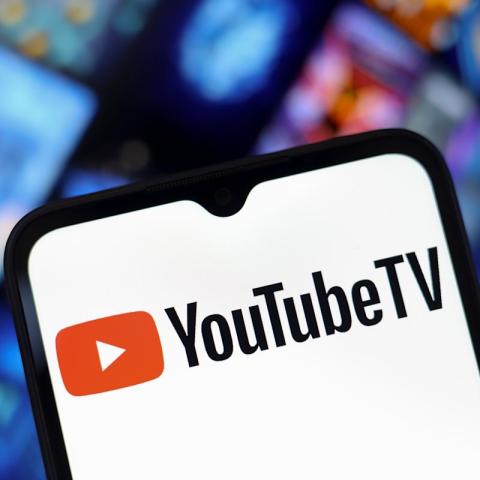In the late 1950s, a fierce space race emerged between the United States and the Soviet Union, marked by the launch of Sputnik 1 on October 4, 1957. Sputnik 1 was the world’s first artificial satellite and its success sent shockwaves through America, particularly since the U.S. had just faced a failed satellite launch known as Vanguard. This disaster only intensified fears about being left behind in the space race.
America’s morale received a boost when Explorer 1 was launched into orbit on January 31, 1958. Though Vanguard 1 eventually succeeded in reaching orbit on March 17, 1958, Explorer 1 made significant contributions to science, helping to discover the Van Allen radiation belts. While Explorer 1 fell back to Earth in 1970, Vanguard 1 is still orbiting and recently celebrated 67 years in space.
Vanguard 1 is remarkable for being the first satellite to use solar power. This tiny, aluminum sphere orbits Earth in an elliptical path, varying from about 410 miles to 2,375 miles above the surface. Its durable design has allowed it to survive for over half a century.
Recently, a team of aerospace engineers and historians proposed possible methods to retrieve Vanguard 1 for further study. They view the satellite as a time capsule of the early Space Age, containing valuable historical and technological insights. Matt Bille, an aerospace research analyst at Booz Allen Hamilton, led this study and remarked that while others have considered similar missions, this one could pave the way for advancements in space technology.
Though Vanguard 1 has been silent since 1964, its position in space is well-documented. Modern tracking techniques allow experts to know its exact location. Bille mentioned that advancements in sensor technology might help determine whether the satellite is intact and assess its current condition. Investigating its solar cells and structure could reveal insights into how materials degrade in space over long periods, making it an important scientific opportunity.
Recovering Vanguard 1 won’t be easy. The mission would require careful planning, possibly involving a private entity or philanthropist to cover the costs. The project could align with interests from tech moguls like Jared Isaacman and Jeff Bezos, who have shown commitment to space exploration and historical preservation.
Bill Raynor from the Naval Research Laboratory noted that tracking Vanguard’s orbit has yielded crucial data about Earth’s shape, contributing to our understanding of geological features. If recovered, Vanguard 1 could provide a unique chance to study the effects of long-term exposure to space, particularly valuable for materials science.
Ultimately, the prospect of retrieving Vanguard 1 offers not just a journey into the past, but a step forward in our exploration of space. As the field of aerospace continues to evolve, looking back at our first endeavors may guide us toward future innovations.
For more on space history and ongoing missions, you can check resources like NASA’s official website and other authoritative sources.
Source link









